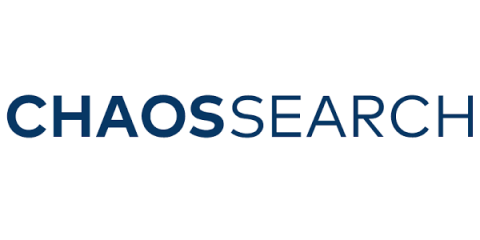Log and Event Analytics on Databricks: Overview and Use Cases
Built on the foundation of Apache Spark, Databricks is a unified, open data lakehouse platform that empowers customers to efficiently and cost-effectively process, store, manage, and analyze large volumes of enterprise data.








